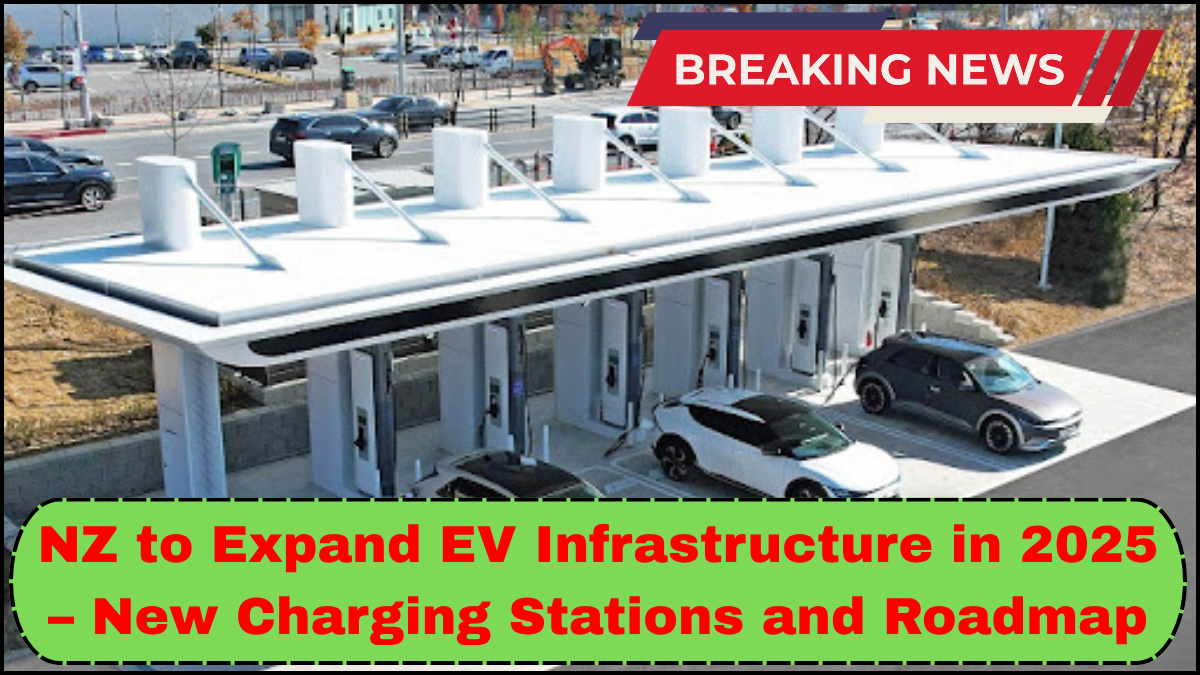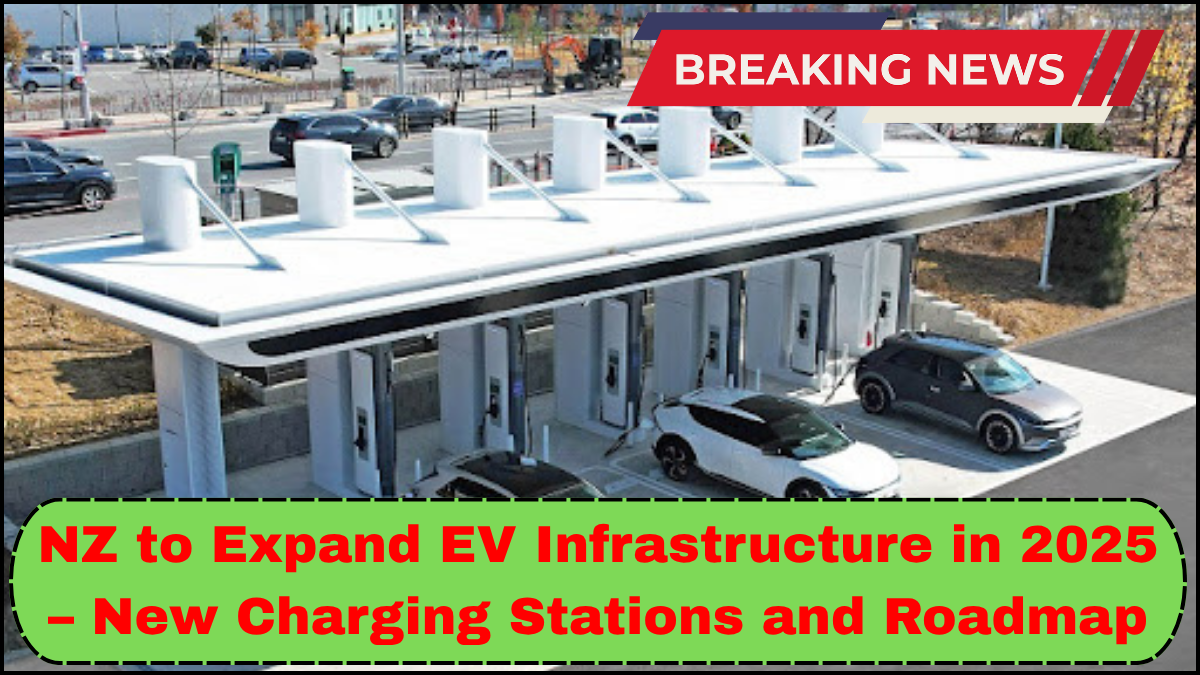New Zealand is taking a bold step toward a cleaner, smarter transportation future. In 2025, the government will launch an expansive EV infrastructure upgrade NZ initiative aimed at accelerating electric vehicle adoption and meeting ambitious carbon neutrality targets. This move underscores New Zealand’s commitment to sustainable mobility, focusing on extensive charging station deployment and forward-thinking city planning.

Nationwide EV Infrastructure Upgrade NZ: What’s Changing?
The 2025 plan includes the installation of over 2,000 new public charging stations across urban centers, regional hubs, and key transit routes. This large-scale expansion aims to eliminate “range anxiety,” a common barrier to EV ownership, by ensuring drivers have easy access to reliable charging options wherever they are in the country.
The infrastructure upgrade will include:
-
Fast-charging networks along state highways to support long-distance travel.
-
AC Level 2 chargers in urban areas to encourage EV use for everyday commuting.
-
Integration with renewable energy sources, such as solar and wind, to keep the grid clean and sustainable.
By mid-2025, the number of chargers is expected to triple, with special attention given to underserved rural areas and tourist-heavy regions like Queenstown and Rotorua.
Public Charging Meets Smart City Planning
A key element of the roadmap is aligning public charging installations with broader city planning strategies. EV chargers won’t be added randomly—they’ll be integrated into transport hubs, business districts, and residential developments to maximize convenience and usage rates.
This smart rollout will involve collaboration between:
-
Local councils to determine high-demand zones
-
Private sector partners including retail chains and commercial real estate owners
-
Transport planners and utility providers to manage energy loads efficiently
As a result, electric mobility won’t just be accessible—it’ll be intuitive. For example, multi-storey car parks in Auckland and Wellington will soon offer EV-ready bays with real-time availability data linked to mobile apps.
A Roadmap That Goes Beyond Infrastructure
The 2025 roadmap isn’t just about hardware—it’s a holistic framework for an electrified transport ecosystem. The government will introduce:
-
Incentives for EV fleet conversions in public transportation and delivery services
-
Educational campaigns to inform citizens about EV benefits, costs, and functionality
-
Interoperability standards to ensure all EVs, regardless of make, can use any public charger
Moreover, the roadmap emphasizes equitable access. Low-income communities, often left out of green technology booms, will benefit from subsidized home charger installations and discounted public charging rates.
Economic and Environmental Impact
This EV infrastructure upgrade NZ project isn’t just good for the planet—it’s a catalyst for economic growth. The initiative is projected to create over 1,500 jobs in construction, technology, and maintenance.
On the environmental front, EV adoption spurred by better charging access could slash transport emissions by 30% by 2030. That’s a substantial leap toward meeting New Zealand’s net-zero target.
Challenges Ahead and How They’re Being Addressed
The expansion isn’t without hurdles. Grid capacity, land availability, and standardization are all pressing concerns. However, the roadmap includes measures like:
-
Smart grid technology to balance load during peak times
-
Public-private land use partnerships to secure optimal charger locations
-
National charger compatibility protocols to eliminate charging compatibility issues
These proactive steps aim to smooth the transition and prevent infrastructure bottlenecks.
Frequently Asked Questions
Q1: When will the new public charging stations be operational?
Most of the new stations are expected to come online in stages starting Q2 2025, with full deployment by the end of the year.
Q2: Will fast chargers be available in rural areas?
Yes. The roadmap specifically allocates resources to extend fast-charging networks to rural and remote areas to support equitable EV adoption.
Q3: How is the government supporting EV owners at home?
Subsidies and rebates will be available for home charging equipment, particularly for low- and middle-income households.
Q4: Will the charging stations support all EV brands?
Yes. New Zealand’s national policy mandates that all public chargers be brand-agnostic and interoperable.
Q5: How will this affect energy consumption?
The plan includes integrating renewable energy and smart grid technology to handle increased demand without overloading the existing infrastructure.
click here to learn more
